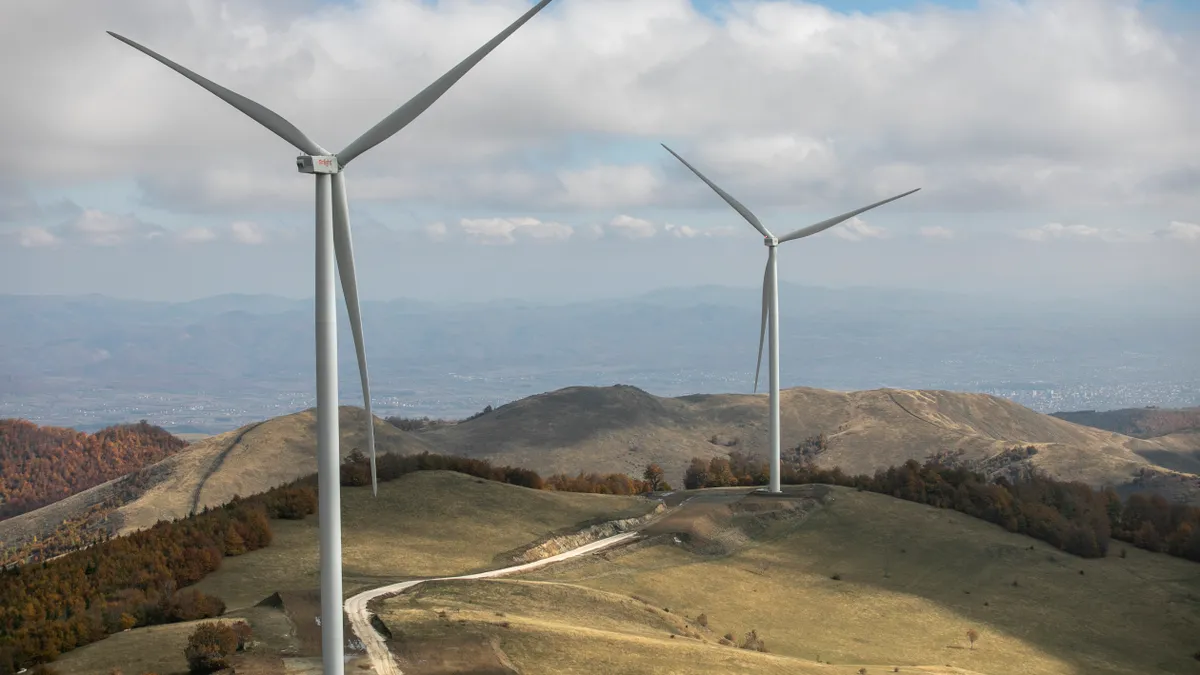The energy transition needs a “fundamental course correction” to reach the Paris Agreement’s goal of keeping global warming under a 2°C increase, including a quadrupling of investments and 1,000 GW deployed per year, says an upcoming report from the International Renewable Energy Agency.
A preview of the World Energy Transitions Outlook 2023 warns that “the scale and extent of change falls far short of the 1.5°C pathway,” and though significant progress has been made, deployment levels will have to grow from 3,000 GW to over 10,000 GW by 2030.
“The emphasis must shift from supply to demand, toward overcoming the structural obstacles impeding progress,” IRENA’s Director-General Francesco La Camera said in a release. “This preview outlines three priority pillars – physical infrastructure; policy and regulatory enablers; and a well-skilled workforce – that must be addressed simultaneously.”
In the U.S., the renewable energy industry’s need for transmission and grid investments along with policy changes and workforce recruitment has been receiving increased attention.
Advanced Energy United’s transmission campaign director Verna Mandez said in a February interview that legal and procedural frameworks for transmission buildout “don’t exist,” and the head of public policy and institutional affairs at Enel, Jack Thirolf, said during a recent public policy forum that workforce needs are an “existential issue” for the renewables industry. Executives with Edison Electric Institute told Wall Street analysts in February that they are working “urgently” to get federal permitting reform passed in Congress.
The preview of IRENA’s report, which is due out later this year, says streamlining permitting procedures for large-scale infrastructure, expanding technical training programs for renewables jobs, and setting ambitious renewable energy targets are all short-term measures that can be taken to increase the likelihood of meeting climate goals.
“Although global investment in energy transition technologies reached a new record of USD 1.3 trillion in 2022, yearly investments must more than quadruple to over USD 5 trillion to stay on the 1.5°C pathway,” IRENA’s release says. “By 2030, cumulative investments must amount to USD 44 trillion, with transition technologies representing 80 per cent of the total, or USD 35 trillion, prioritising efficiency, electrification, grid expansion and flexibility.”
IRENA says that current planned energy investments need to be redirected to meet climate goals. Around 41% of planned investment by 2050 will go toward fossil fuels, the agency says. In order to sufficiently slow the trend of global warming, around 1 trillion of planned fossil fuel investment will have to be redirected to renewable energy over the next seven years.














